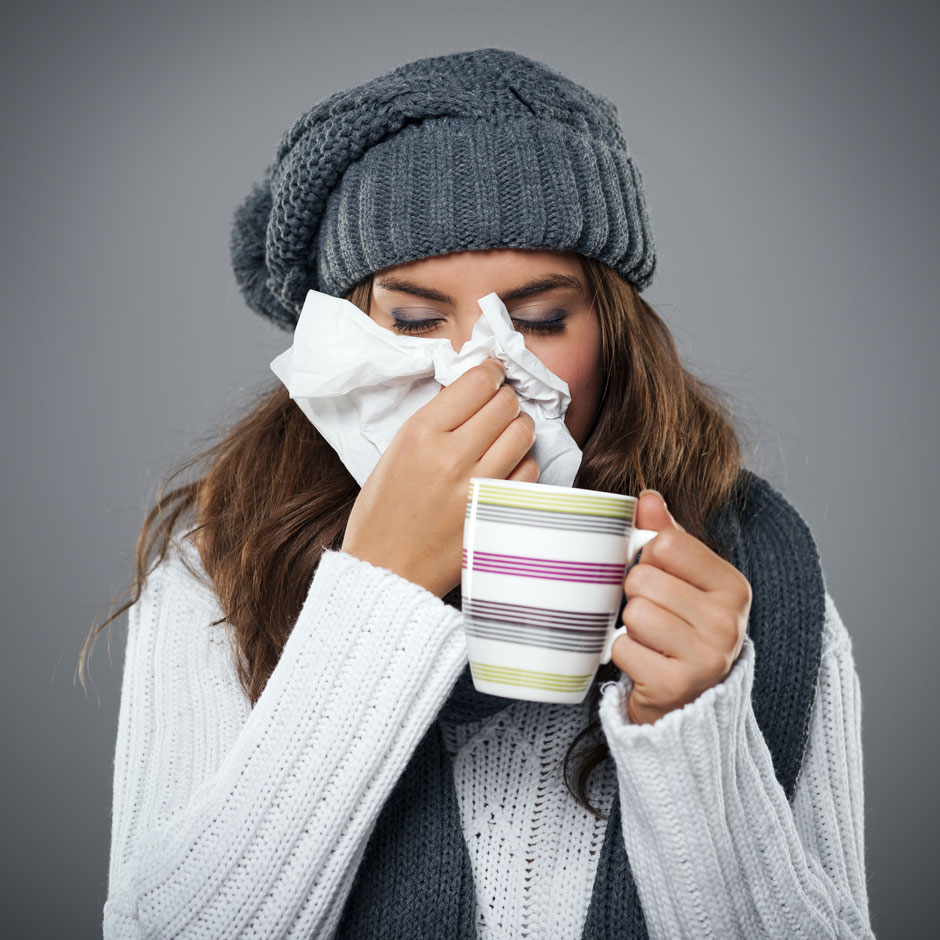There is a pattern observed all around the Northern Hemisphere is so predictable that it has come to be known as the September epidemic. A jump in asthma-related doctors appointments and ER visits among children that just happens to align with the start of the school year.
Fall brings with it school days, crisp air, turning leaves and a spike in asthma symptoms.
But spring can be tough for people with asthma, too, particularly if they have a pollen allergy. And summer heat waves are notorious for sending asthmatics, particularly asthmatic children in urban areas, to the emergency room.
In truth, asthma symptoms can flare at any time of year due to well-known asthma triggers, such as pet dander, second-hand smoke, and exercise. But knowing the triggers that can vary by season such as pollen, temperature, humidity, pollution, and viruses can help people with asthma figure out if they should be stepping up their medication.
Chilly air can cause asthmatics lungs to tighten up, so you might guess that a fall peak in asthma episodes is due to cooler weather, but cold weather isn’t entirely to blame.
In fact, the main culprit is believed to be cold-and-flu season, which kicks into gear once kids head back to school.
Classrooms filled with runny noses, and grimy hands are breeding grounds for cold and flu viruses, which schoolchildren inevitably spread to their families.
People with asthma aren’t more likely to catch a virus than people without asthma, but when they do, their illness tends to be longer and more severe. Respiratory tract infections aggravate the chronic lung inflammation of asthma, which can lead to wheezing, coughing, difficulty breathing, and asthma attacks. (The flu, common cold, and other respiratory infections are responsible for about 80% of wheezing episodes in children, and about 50% of such episodes in adults.)
